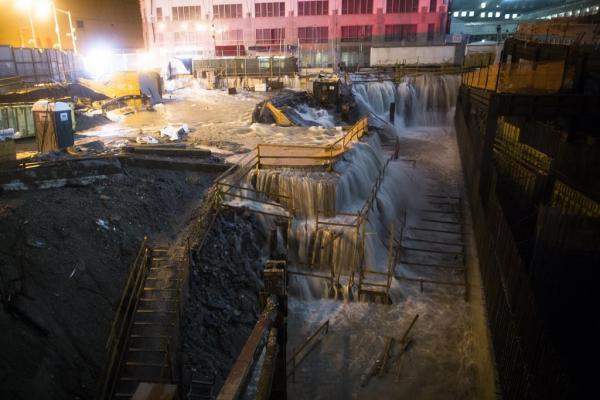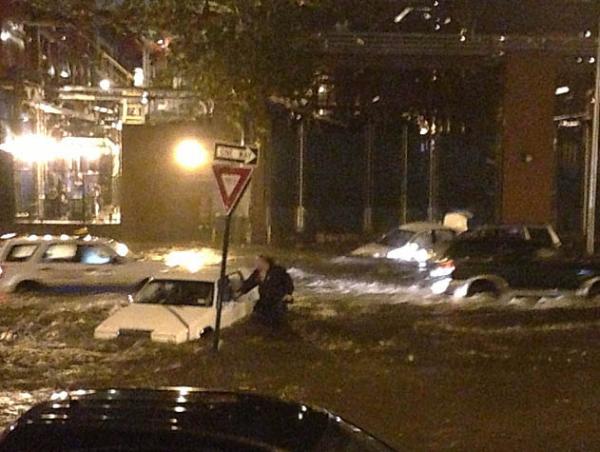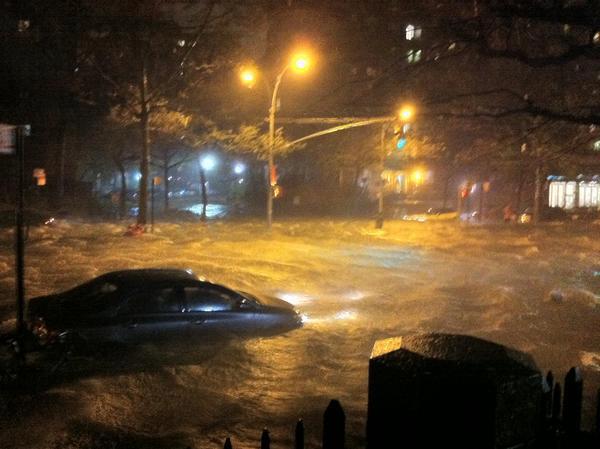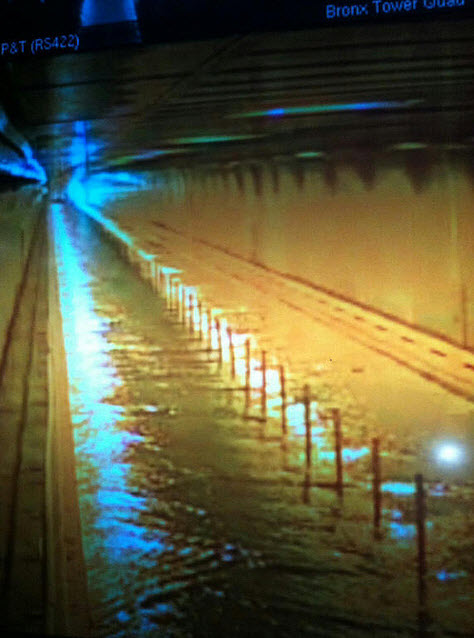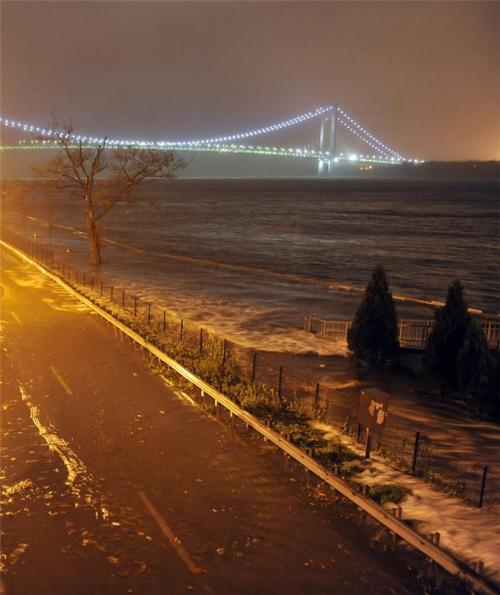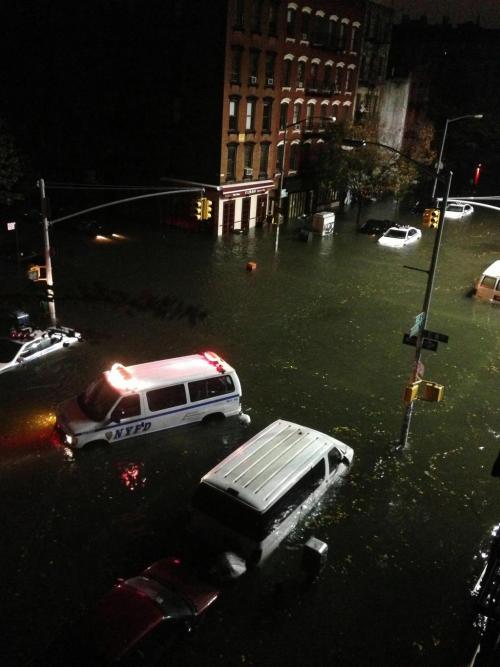– U.S. nuclear plant declares “alert” after Sandy storm surge: NRC (Reuters)
Exelon Corp declared an “alert” at its New Jersey Oyster Creek nuclear power plant due to a record storm surge, the Nuclear Regulatory Commission said, warning that a further water rise could force the country’s oldest working plant to use emergency water supplies to cool spent uranium fuel rods.
The alert — the second lowest of four NRC action levels — came after water levels at the plant rose by more than 6.5 feet, potentially affecting the pumps that circulate water through the plant, an NRC spokesman said late on Monday.
Those pumps are not essential since the 43-year-old plant was shut for planned refueling since October 22. However, a further rise to 7 feet could submerge the service water pump motor that is used to cool the water in the spent fuel pool.
Exelon said in a statement that there was no danger to equipment and no threat to public health or safety.
The incident at Oyster Creek, which is about 60 miles east of Philadelphia on the New Jersey Coast, came as Sandy made landfall as the largest Atlantic storm ever, bringing up to 90 mile per hour (mph) winds and 13-foot storm surges in the biggest test of the industry’s emergency preparedness since the Fukushima disaster in Japan a year and a half ago.
